
© Greenpeace / Michaela Skovranova
Have you heard the latest plans from Woodside? They’ve added carbon dumping to their plans for their proposed Browse offshore gas project in the North West of Western Australia. They call it carbon capture and storage, but in reality it’s risky carbon dumping.
Help us demand an immediate rejection based on unacceptable environmental impacts.

What is carbon capture and storage?
Carbon capture and storage involves capturing, transporting and storing greenhouse gas emissions from fossil fuel power stations, energy intensive industries, and gas fields by injecting the captured greenhouse gases back into the ground.
Carbon capture and storage, when done at sea, is regulated under the Federal Government’s Sea Dumping Act – hence the name “carbon dumping”. This technology sounds promising if it was able to work at scale, but in reality it’s a risky experiment attempting to bury carbon pollution beneath our oceans.
Woodside, however, only intends to capture some of the CO₂ that already exists in the gas field as an unusable by-product and re-inject it back underground. They are not proposing to sequester any of the emissions produced from refining or burning the gas they extract. Which of course is where the vast majority of the emissions would come from.
In Woodside’s carbon dumping proposal, they also plan to conduct ongoing seismic blasting every five years in biologically important whale habitat next door to Scott Reef. It’s a dodgy addition to an already deeply problematic gas drilling plan.

But why is carbon dumping a bad idea?
There may be some instances where geological storage of carbon may be a last resort solution but definitely not as a justification to drill for more fossil fuels, creating much more carbon pollution than can be stored. Other reasons why Woodside’s carbon dumping proposal is a bad idea include that it:
- Is incredibly expensive
- Requires ongoing seismic blasting putting whales at risk of serious harm.
- Has never effectively worked at scale
- Would take money and technology away from cheaper renewables which are the actual viable option for the future of energy
- Risks the carbon dioxide leaking into the ocean.
- Is used to justify and enable further fossil fuel extraction

Where did carbon dumping come from?
Fossil fuel companies like to claim that carbon dumping is a “mature technology” but in reality it is woefully unreliable and has not been proven to work at scale. Fossil fuel companies knew as early as 1977 about the “potentially catastrophic” impacts of global warming but most have not moved their business model to focus on renewable energy solutions. Instead, they have created dubious techniques like carbon capture and storage (Carbon dumping) to prolong their polluting operations.
Chevron began the world’s first CCS project in 1972 in Texas using waste carbon dioxide from a gas field 400 kilometers away to extend the life of their oil field. After using the CO₂, they vented the gas, so there was no real climate advantage. It did work to produce more oil though.
Then in 2003, Chevron convinced the Australian government to spend $60m of the Australian people’s money on its Gorgon carbon dumping project near Karratha in WA. After over 8 years of operation the project is still unable to effectively dispose of the 80% CO₂ it promised to store (this does not include any of the CO₂ released when burning the methane). Last financial year the Gorgon carbon dumping project only removed 30% of the CO₂ instead of the promised 80%. In fact, the amount of carbon dioxide disposed of is actually decreasing as salt water and sand keep stopping the injection, making last financial years’ offering the worst yet.
This project is so embarrassing for the energy sector that our German Greenpeace Colleagues have used it as a prime example in its study of carbon dumping.

What is Woodside planning?
Woodside is now trying its hand at carbon dumping, adding it to its toxic Burrup Hub plans.
With the Burrup Hub project that was recently partially approved at a WA state level there is extra pressure on the Federal Government to make a decision on Woodside’s disastrous proposals. Federal Environment Minister Tanya Plibersek still has the chance to save Scott Reef from Woodside’s dirty gas drilling project and to prevent the extension of their North West Shelf project to 2070.
But now the Federal Government will have to also decide on Woodside’s added carbon dumping proposal. Even if successful, the proposal will provide minimal mitigation of the staggering projected 6.1 billion tonnes of climate pollution from the Burrup Hub, as well as adding to the impacts on species like the endangered Pygmy Blue Whale.
Woodside already tried unsuccessfully to push through their Carbon dumping plans but were provisionally knocked back by the federal environment department, who highlighted the risks of the new technology to our oceans and protected animals, as well as the risk of the injection site failing. Earlier, in 2022, Woodside admitted that carbon dumping at the site was “technically challenging” and a “high risk, high cost mitigation option”. But now they are keen to try again.
Along with its lack of efficacy, Carbon dumping will also involve ongoing seismic blasting in biologically important pygmy blue whale habitat. We have already seen Woodside conduct this dangerous activity and now it plans to again use underwater airguns to blast powerful sound waves towards the seabed to monitor gas reservoirs beneath the ocean floor. This can deafen whales, as well as harm marine life and threatened species.
So let’s not let the fossil fuel companies pull the wool over our eyes and again sink millions into a broken technology that allows them to continue polluting.
Woodside’s carbon dumping plans are currently under review by the federal environment department and the proposal is currently open for public comments until 16/1. Help us demand an immediate rejection based on unacceptable environmental impacts.
Why dumping carbon pollution in our oceans is a dangerous experiment
Climate Change
10 reasons why we need to act for the Amazon
The Amazon isn’t just the world’s greatest rainforest. She has been home to her original people for tens of thousands of years, who have persisted through centuries of colonial incursions to protect their home. At each moment of each day, the Amazon breathes, dances, and sings with an endless variety of plants and animals, many of those we humans have yet to understand. The Amazon is life-giving, irreplaceable and yet profoundly vulnerable.
Here are 10 fascinating facts to inspire you to take action for the Amazon:
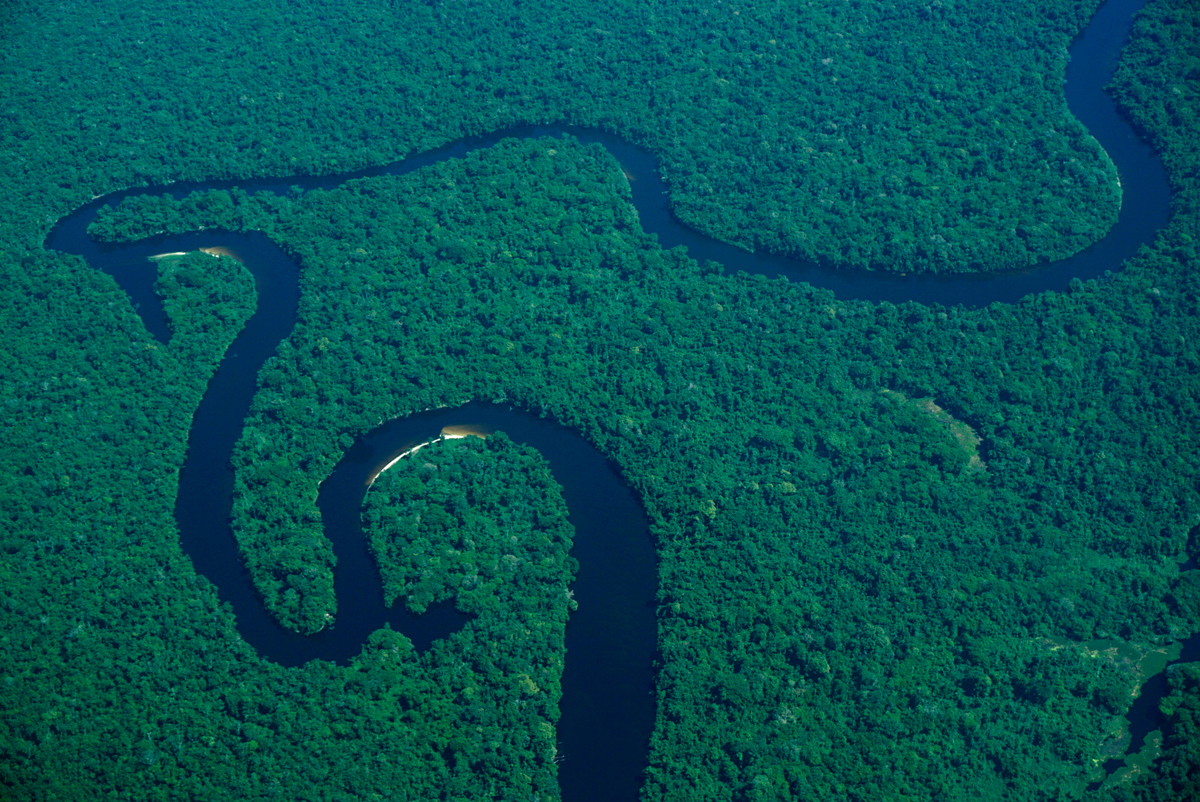
1- The Amazon is the largest rainforest in the world
Spanning over nine countries in South America, the Amazon is the largest tropical forest on the planet, covering 6.7 million square kilometres. To put it in perspective, she is twice the size of India—the largest country in South Asia. The biggest part, around 60%, is in Brazil. After the Amazon, the Congo Basin and Papua host the world’s largest remaining rainforests.
2- The Amazon is one of the most biodiverse ecosystems on Earth
The Amazon is home to approximately 10% of all known species of fauna and flora worldwide. From the beautiful hyacinth macaws to fearless jaguars and the amazing pink dolphins, this vibrant ecosystem is teeming with life. In some areas, a single hectare can contain more than 300 tree species, approximately two-thirds of the native tree species in Europe (454), making the Amazon one of the most botanically rich regions on Earth.
Studies show that the Amazon Basin harbours at least 2,716 species of fish, 427 amphibians, 371 reptiles, 1,300 birds, and 425 mammals. However, the vast majority of its biodiversity lies in her invertebrates, particularly insects, with over 2.5 million species currently known
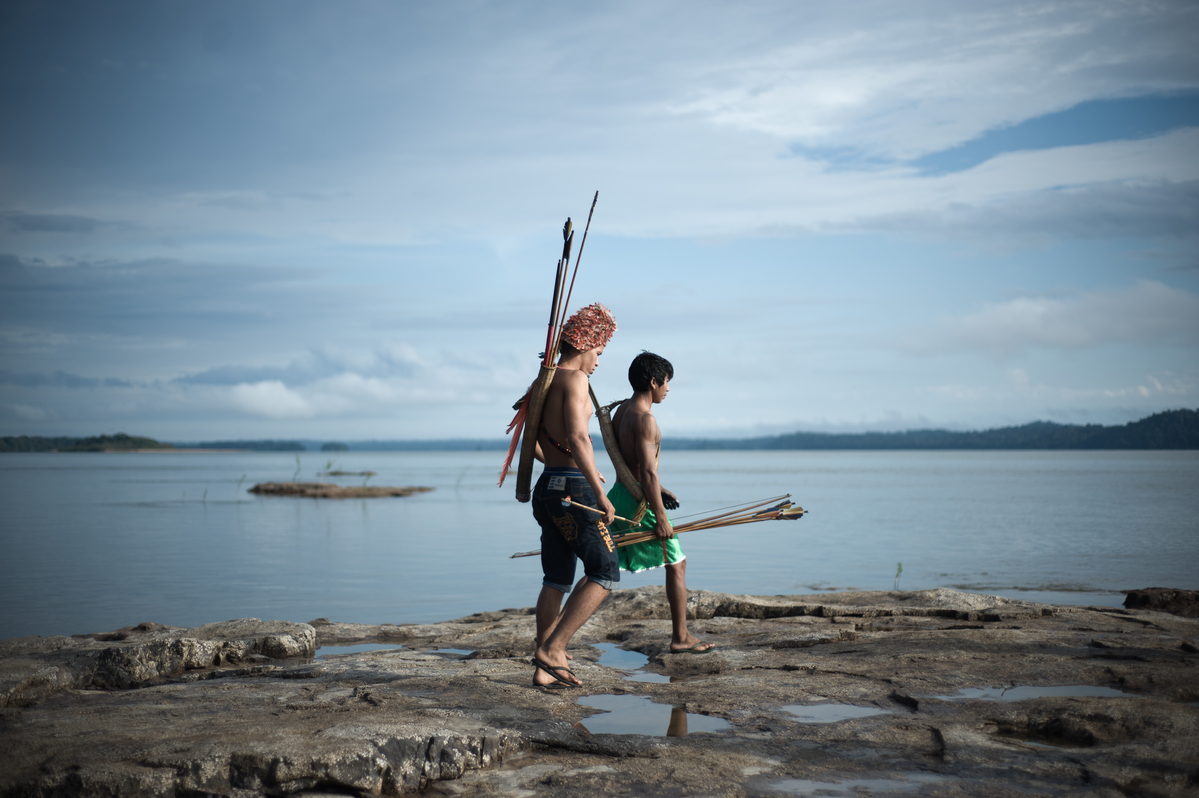
3- There are approximately 3 million Indigenous People living in the Amazon
The Amazon is home to a diverse group of Indigenous Peoples. Over 390 Indigenous Peoples live in the region, along with approximately 137 isolated groups, who have chosen to remain uncontacted.
In Brazil, about 51.2% of the country’s Indigenous population resides in the Amazon. But the largest tropical forest in the world is also home to traditional communities that have lived in harmony with the forest for generations, such as Rubber Tappers, Ribeirinhos—who inhabit the Amazon’s riverbanks—and Quilombolas, Afro-Brazilian communities descended from enslaved people..
4- The Amazon is home to over 40 million people
The Amazon is not just a vast rainforest rich in biodiversity and home to Indigenous People—it is also home to several cities. In Brazil, These include Manaus , an industrial hub with a population of 2.2 million, and Belém , which will host the United Nations Climate Conference (COP30) in November 2025.
These people’s lives are intrinsically connected to the forest. They depend on her for their food, fresh water, and to regulate the local climate. Smoke from the fires in the Amazon directly impacts the people living in the region, darkening the skies and causing respiratory problems to the population, especially children and elders.
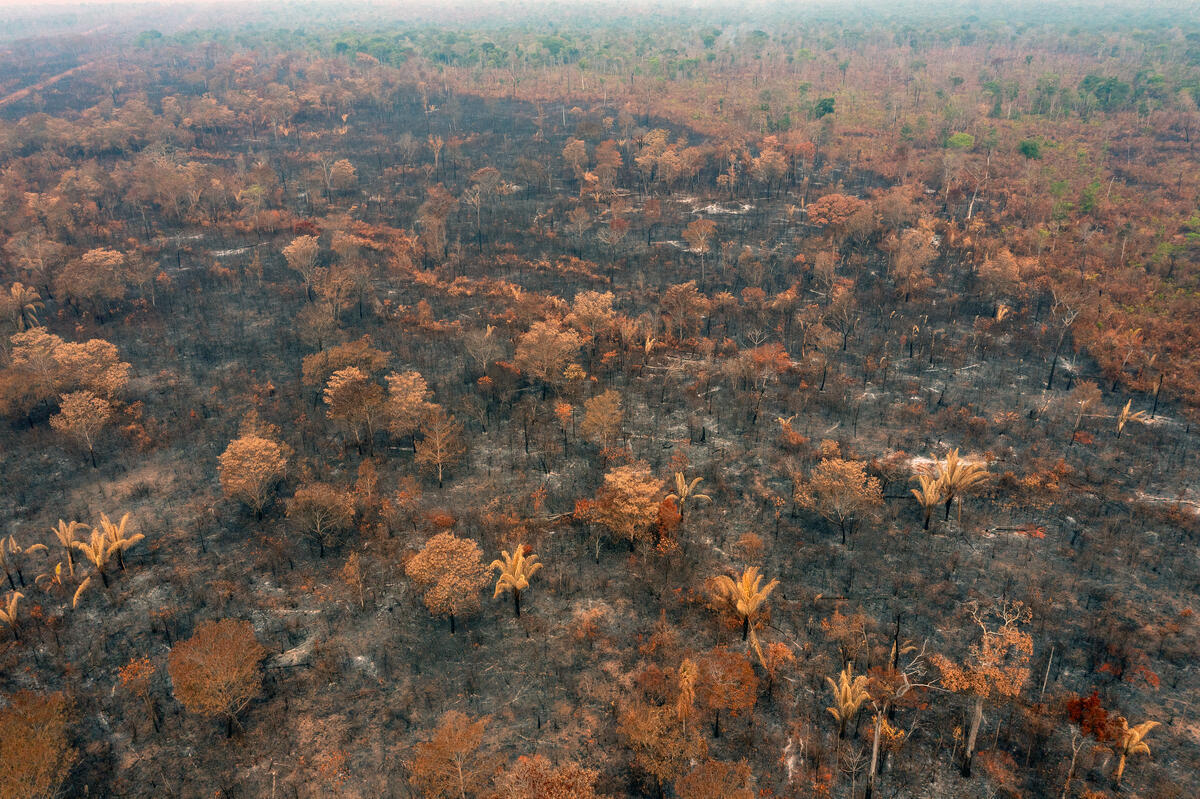
5- The Amazon is vital for the global climate
The Amazon is estimated to store about 123 billion tons of carbon, both above and below ground, making her one of Earth’s most crucial “carbon reserves”, vital in the fight against the climate crisis. However, studies show that fire- and deforestation-affected areas of the Amazon are now releasing more CO₂ into the atmosphere than they absorb. This poses a major threat to the global climate. Protecting the Amazon means protecting the future of everyone.
6- Fires in the Amazon are not natural
Unlike bushfires in Australia and other parts of the world, fires in the Amazon are not natural. In the Amazon biome, fire is used in the deforestation process to clear the land for agriculture and pasture. The use of fire in the Amazon is often illegal, and so is deforestation. This practice has a major impact on the local biodiversity, the health of the populations living in the region, and to the global climate, as the fires release vast amounts of carbon into the atmosphere.
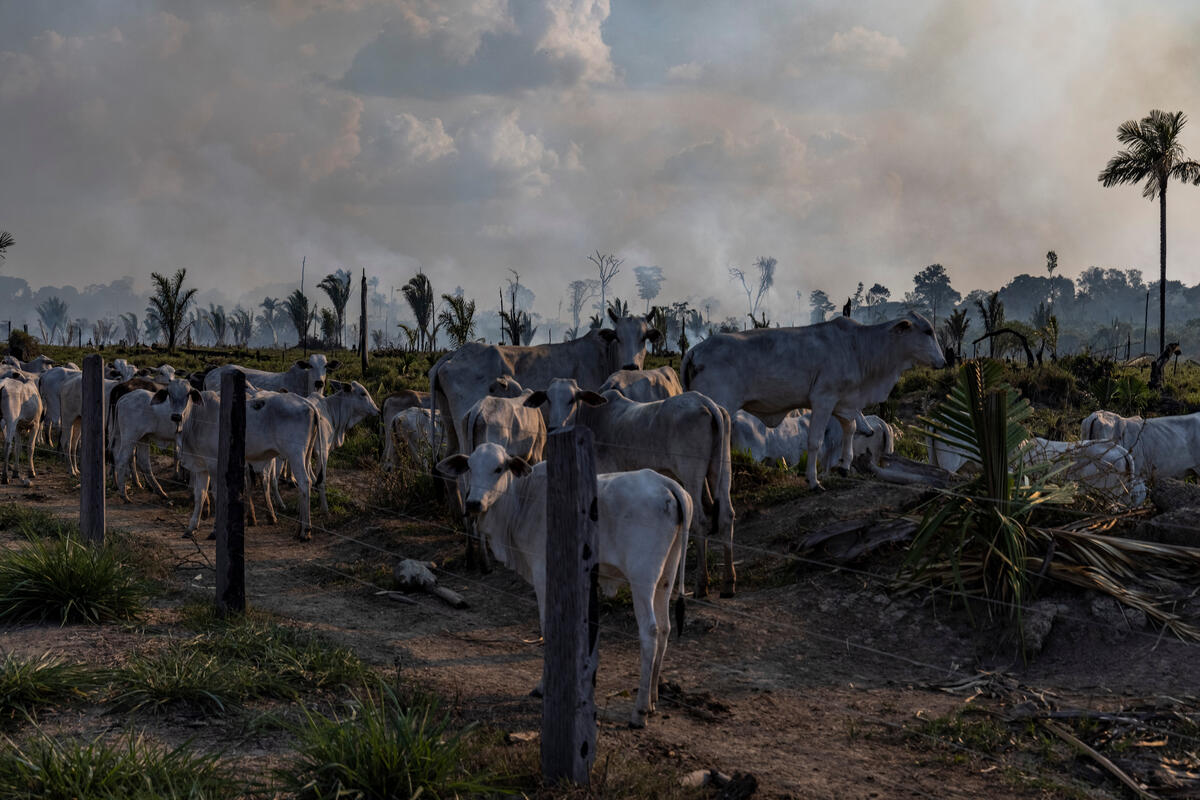
© Victor Moriyama / Amazônia em Chamas
7- Cattle ranching is the leading cause of deforestation in the Amazon
The expansion of agribusiness in the Amazon is putting more and more pressure on the forest. According to a study, 90% of the deforested areas in the Brazilian Amazon are turned into pasture to produce meat and dairy. This means the food we eat may be linked to deforestation in the Amazon. We must urge our governments to stop buying from forest destroyers and ensure supply chains are free from deforestation, and demand stronger protections for the Amazon.
8- Illegal gold mining is a major threat to Indigenous Peoples
Illegal gold mining in Indigenous Lands in Brazil surged by 265% in just five years, between 2018 and 2022. The activity poses a severe threat to the health and the lives of Indigenous People, destroying rivers, contaminating communities with mercury and bringing violence and death to their territories.
But illegal gold mining doesn’t impact just the forest and Indigenous People. A recent study showed that mercury-contaminated fish are being sold in markets in major Amazonian cities, putting the health of millions at risk.
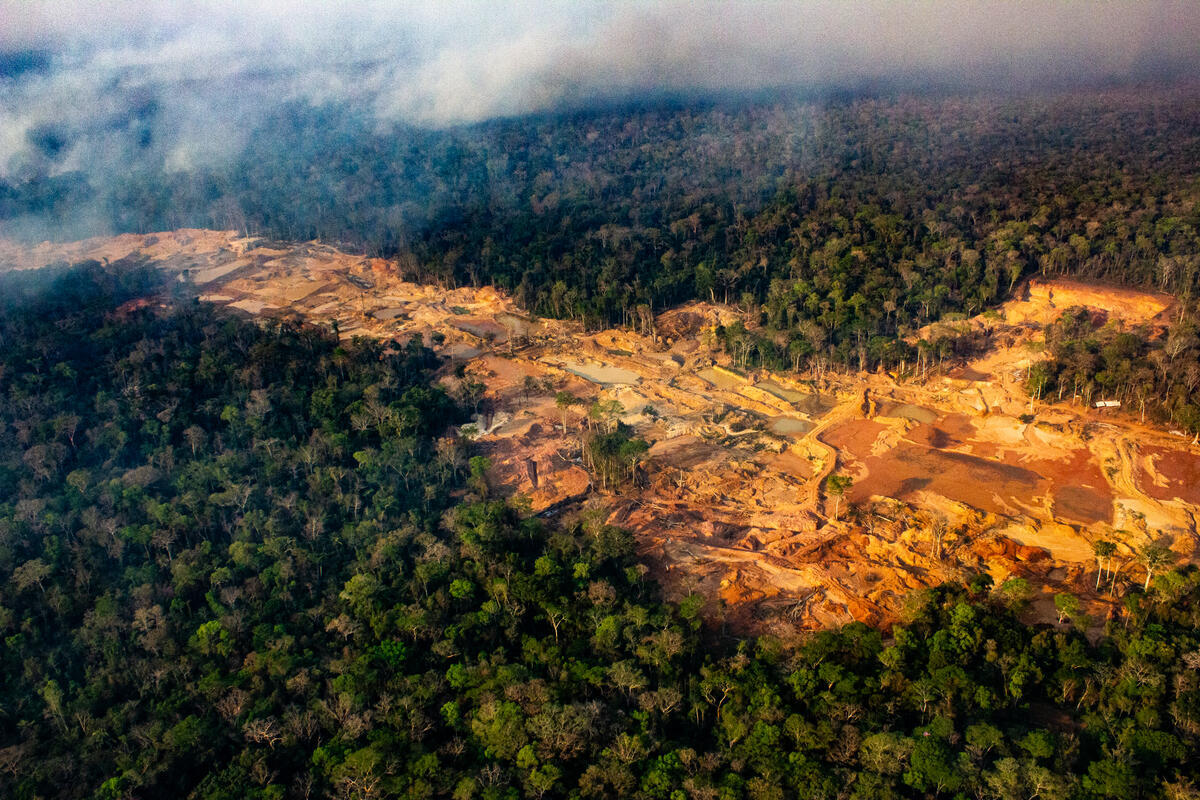
9- The Amazon is close to a point of no return
About 17% of the Amazon has already been deforested, and scientists warn we are getting dangerously close to a ‘point of no return’.
According to a study, if we lose between 20% and 25% of the Amazon, the forest might lose its ability to generate its own moisture, leading to reduced rainfall, higher temperatures, and a self-reinforcing cycle of drying and degradation.
As a result, vast areas of the forest could turn into a drier, savanna-like ecosystem, unable to sustain her rich biodiversity. This could have catastrophic consequences for the global climate, local communities, and the planet’s ecological balance.
10- The most important Climate Conference in the world is happening in the Amazon this year
COP30, the United Nations Climate Conference, will take place in Belém, the second largest city in the Amazon region, in November 2025. During the conference, representatives from countries all over the world will meet to discuss measures to protect the climate. Across the globe, we are already witnessing and feeling the impacts of the climate crisis. This is our chance to demand our political leaders move beyond words to urgent action. They must stop granting permission and public funds to Earth-destroying industries. Instead, our leaders must respect, pursue, and support real solutions that already exist—solutions that put the forest and her people at the heart of the response. Indigenous guardians of the forest hold true authority, and they must be respected and heard. The moment is now.
We are the turning point! Join the movement and demand respect for the Amazon.
Climate Change
As the Data Center Boom Ramps Up in the Rural Midwest, What Should Communities Expect?
The rapid development will change the Corn Belt in significant, unforeseen ways. Residents are just beginning to grapple with what that means.
TAZEWELL COUNTY, Ill.—To the untrained eye, Central Illinois is all lush fields of corn and green soybeans shortly before harvest. The wind shuffles through the row crops, and the air is warm and humid and full of insects. The horizon is dotted with power lines, strung together by wire, and the occasional water tower—the only objects that disrupt a vast sky.
As the Data Center Boom Ramps Up in the Rural Midwest, What Should Communities Expect?
Climate Change
Why Billions of Gallons of Raw Sewage Keep Ending up in Philadelphia Waterways
With a new analysis showing where the pollution is going, environmental advocates call on public officials to do more to stop it.
PHILADELPHIA—Some 280 years after a river-swimming Benjamin Franklin petitioned to curb water pollution here, the city is still struggling to meet the challenge, according to water advocates who assembled along the banks of one of its two main rivers on Monday.
Why Billions of Gallons of Raw Sewage Keep Ending up in Philadelphia Waterways
-
Climate Change2 years ago
Spanish-language misinformation on renewable energy spreads online, report shows
-
Climate Change3 months ago
Guest post: Why China is still building new coal – and when it might stop
-
Climate Change Videos2 years ago
The toxic gas flares fuelling Nigeria’s climate change – BBC News
-

 Greenhouse Gases1 year ago
Greenhouse Gases1 year ago嘉宾来稿:满足中国增长的用电需求 光伏加储能“比新建煤电更实惠”
-
Greenhouse Gases3 months ago
Guest post: Why China is still building new coal – and when it might stop
-

 Climate Change1 year ago
Climate Change1 year ago嘉宾来稿:满足中国增长的用电需求 光伏加储能“比新建煤电更实惠”
-

 Carbon Footprint2 years ago
Carbon Footprint2 years agoUS SEC’s Climate Disclosure Rules Spur Renewed Interest in Carbon Credits
-
Renewable Energy4 months ago
US Grid Strain, Possible Allete Sale





